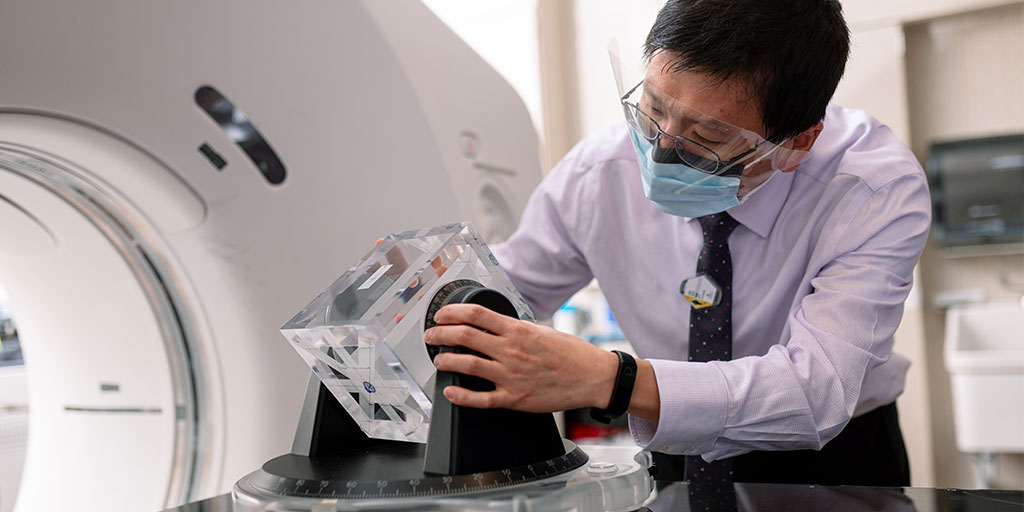Prostate cancer affects a significant number of men in the United States each year, with approximately one in eight men diagnosed with it during their lifetime, as reported by the American Cancer Society (ACS). Despite successful treatments for many men, prostate cancer still ranks as the second leading cause of cancer-related deaths among men.
One of the available treatments for prostate cancer is radiation therapy, which typically involves 20 to 39 treatment sessions over several weeks. While effective, some researchers have explored whether there’s room for improvement, particularly concerning treatment duration.
Researchers from the Institute of Cancer Research in London conducted a study known as Prostate Advances in Comparative Evidence (PACE-B). Their goal was to investigate whether they could reduce the length of radiation therapy for prostate cancer by delivering higher multibeam radiotherapy doses. Their findings were presented at the American Society for Radiation Oncology (ASTRO) conference on October 2, 2023.
The researchers revealed that their higher-dose radiation therapy not only effectively maintained cancer remission for 5 years but also demonstrated approximately 96% effectiveness, compared to around 95% for traditional therapy.
Prostate cancer treatment options include surgery, cryotherapy, immunotherapy, and radiation therapy. Radiation therapy is typically recommended for localized, low-grade prostate cancer that has not spread beyond the prostate gland. While early-stage prostate cancer often responds well to radiation therapy, the treatment regimen can span several weeks and may lead to side effects such as fatigue, skin discomfort, and urinary issues.
In this study, researchers investigated stereotactic body radiotherapy (SBRT), a precise method for delivering higher radiation doses to the target area. They enrolled 874 men with low- to medium-risk prostate cancer and randomly assigned them to receive either SBRT or standard radiotherapy.
SBRT involved five sessions over 1 to 2 weeks, with higher daily radiation doses than traditional therapy. The total dose, however, was lower than that administered in traditional therapy. Participants undergoing traditional therapy received their doses over 4 to 7.5 weeks, depending on the required number of sessions.
After treatment, the researchers followed up for 6 years, with a focus on the 5-year mark to determine the percentage of cancer-free patients.
The study found that both treatment approaches resulted in high 5-year cancer-free rates, with slightly better outcomes for SBRT. After 5 years, 95.7% of patients receiving SBRT were cancer-free, compared to 94.6% of those receiving traditional therapy.
Side effects were generally minimal, with slightly more affecting genital or urinary organs in SBRT patients. Of SBRT patients with side effects, 5.5% reported grade 2 or higher side effects, while 3.2% of traditional radiotherapy patients reported such side effects.
The study’s authors suggest that the 5-dose SBRT treatment should become the new standard of care for patients with prostate cancer confined to the prostate gland.
Some medical facilities already use similar regimens, with physicians noting that it offers a more convenient and cost-effective treatment option for eligible patients. While there may be minor short-term urinary issues associated with the higher radiation dose regimen, overall, the toxicity appears to be relatively similar over the long term. This approach may not be suitable for patients with pre-existing urinary problems, as they may prefer a longer course of radiation to minimize irritative symptoms.





